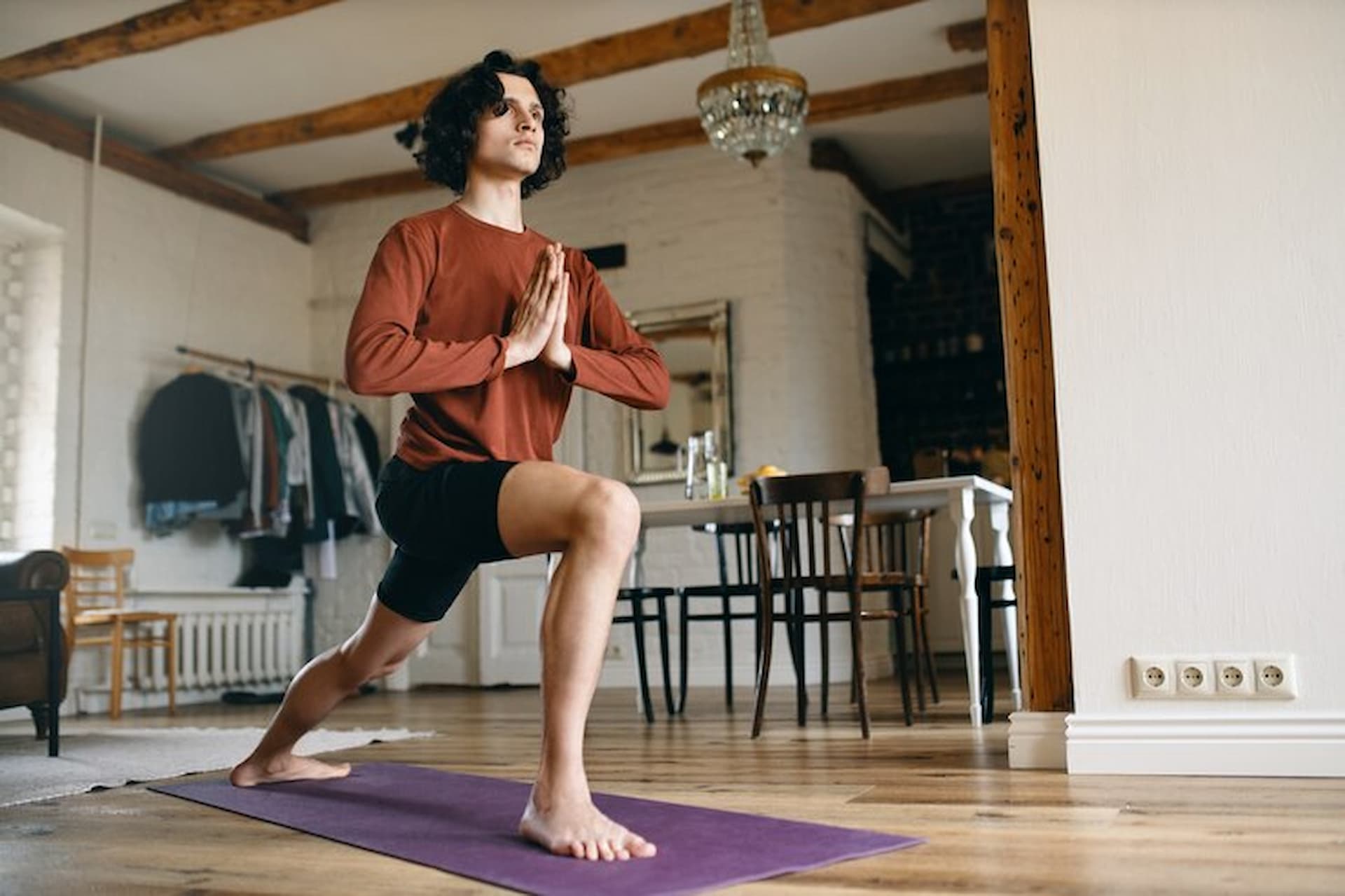Creating a dedicated training space at home is becoming increasingly popular. Whether it’s for yoga, weightlifting, martial arts, or general fitness, having a well-defined area can significantly enhance your workout experience.
One of the essential elements for setting up an effective and safe home gym is the flooring. Rubber mats are an excellent choice for this purpose due to their durability, versatility and protective qualities. Here’s how you can transform a space at home into a training area using rubber mats.
Why Choose Rubber Mats?
– Durability: Rubber mats are known for their long-lasting nature. They can withstand heavy weights, high-impact exercises and constant use without showing signs of wear and tear.
– Shock Absorption: They provide excellent cushioning, which reduces the risk of injury by absorbing shock during high-impact activities.
– Protection: Rubber mats protect your floors from damage caused by heavy equipment and weights. This is especially important if you have hardwood or tiled floors.
– Sound Insulation: They help in reducing noise, making your workout sessions less disruptive to others in the house.
– Easy Maintenance: Rubber mats are easy to clean and maintain, ensuring a hygienic workout environment.
Step-by-Step Guide to Transforming Your Space
1. Choosing the Right Space
The first step is to select the right space in your home. It could be a spare room, a section of your garage, or even a corner of your living room. Ensure the space is well-ventilated and has enough room for your workouts and equipment.
Tips:
Measure the area to determine how many rubber mats you will need.
Consider the ceiling height, especially if you plan to do exercises involving jumping or overhead movements.
2. Selecting the Appropriate Rubber Mats
Rubber mats come in various thicknesses, sizes and types. Choose mats based on the type of workouts you plan to do.
3. Types of Rubber Mats:
– Interlocking Tiles: These are easy to install and can be customised to fit any space. They are ideal for multi-purpose home gyms.
– Flooring rolls: These provide a seamless surface and are great for larger areas.
– Heavy-Duty Mats: These are thicker and provide more cushioning, suitable for weightlifting and high-impact activities.
4. Optimise Layout and Organisation
A well-organised gym is crucial for an efficient workout. Start by planning the layout thoughtfully. Place larger equipment like treadmills, ellipticals, or weight benches against the walls to keep the centre of the room open for exercises that require more space, such as yoga or HIIT workouts.
Incorporate storage solutions like wall-mounted racks, shelves and hooks to keep weights, resistance bands and other small equipment off the floor. This not only keeps the area tidy but also ensures that everything you need is easily accessible.
5. Improve Lighting and Ventilation
Good lighting can make a significant difference in your workout environment. Natural light is ideal, so if possible, set up your gym in a room with large windows. If natural light is limited, invest in bright LED lighting that mimics daylight. Proper ventilation is equally important to keep the air fresh and prevent the space from feeling stuffy. Consider adding a ceiling fan or a portable air purifier to enhance air circulation and maintain a comfortable temperature during workouts.
6. Add Mirrors
Mirrors are a valuable addition to any home gym. They help create a sense of space, making the room feel larger and more open. More importantly, mirrors allow you to check your form during exercises, ensuring that you perform movements correctly and safely. This is particularly beneficial for strength training and yoga, where proper alignment is crucial to prevent injuries.
7. Create an Inviting Atmosphere
The ambience of your home gym can significantly impact your motivation to work out. Personalise the space with elements that inspire you. Consider painting the walls in a colour that energises you, like a bright, motivating shade, or a calming hue if you prefer a more zen-like atmosphere for activities like yoga. Adding motivational posters, artwork, or a whiteboard for tracking goals can also keep you inspired. A good sound system is another great investment. Create playlists that match your workout intensity to keep you energised and focused.
8. Incorporate Versatile Equipment
To make the most of your home gym, invest in versatile equipment that allows for a variety of workouts. Adjustable dumbbells, resistance bands, a stability ball and a yoga mat can offer numerous exercise options without taking up much space. For those with more room, a multifunctional home gym system or a compact power rack can provide a wide range of strength training exercises. Additionally, incorporating tools like foam rollers and massage balls can aid in recovery and flexibility.

